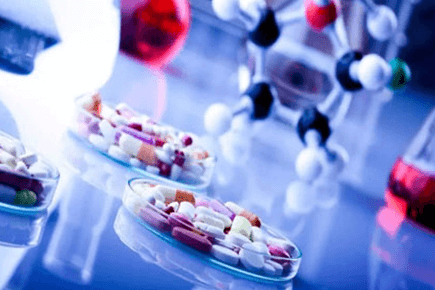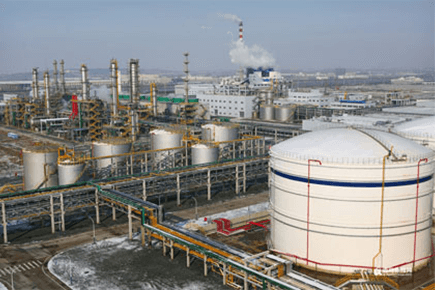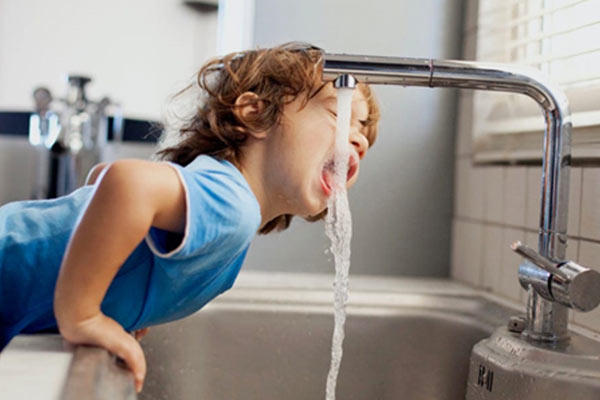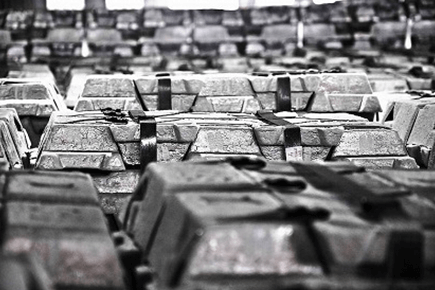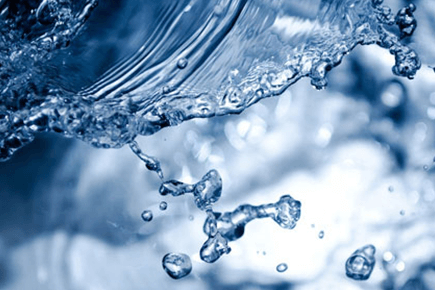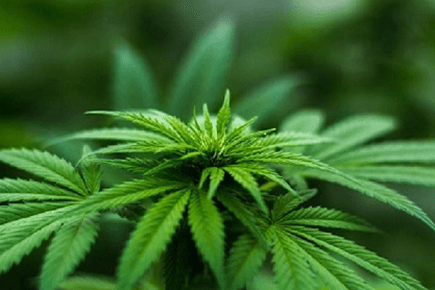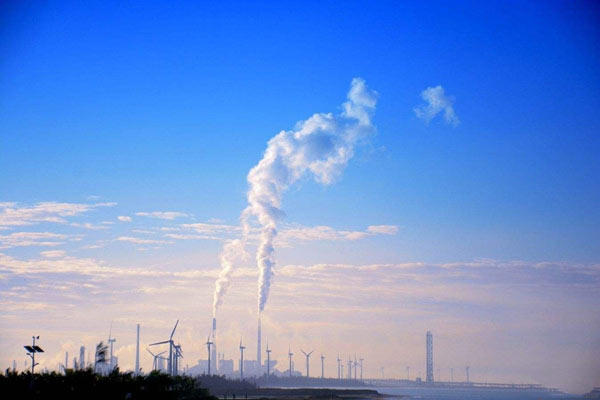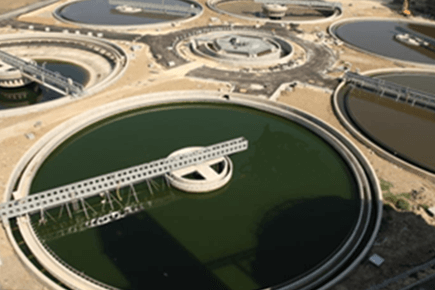
Elution & Regeneration
When the chromatographic medium is exhausted, it should be eluted. The basic principle is to desorb the target product by a more active ion or group. Different sorbents are different in their activity. Therefore, a suitable eluent should be selected to elute the protein from chromatography media.
There are roughly three ways to elute ion exchange chromatography:
One is for simultaneous elution. The eluent is a dilute acid, alkali or salt solution may be used, and an appropriate organic solvent may also be used, wherein the salt solution is mainly used, and the dosage form according to the nature of the target product and the final product is selected. Since the substance to be absorbed is often not a single species, the charge of each substance is different, and the binding strength to the medium is different. Even if the same eluent is used, the easily replaced substance will flow out of the medium first, and the binding force is strong. After the material is discharged, as long as it is collected by fractionation, various substances can be separated to obtain a relatively pure product. This method is often used for separation when the performance of the target product is well understood, or for separation of analytical species.
The second is a stepwise elution, ie elution with different concentrations of salt solution. Separation medium During the exchange adsorption process, a variety of proteins are adsorbed. If a constant elution condition is used, sometimes it is not possible to properly separate all the components, and it is necessary to change the elution conditions. It can be a stepwise change, that is, different eluents or eluents with different pH values are used for elution in stages, and different elution peaks can be obtained according to different concentrations of eluents and different acidities. That is, a salt concentration can obtain a target protein, and different salt concentrations can obtain different target proteins. This step-by-step elution method is suitable for the separation of proteins of known nature, especially for scale production, easy to operate and easy to control.
The third type is a continuous gradient elution, that is, changing the ionic strength or pH of the eluate according to a certain linear change (generally only in a special case using an elution method that changes the pH), in the process of eluent grading In the process, different proteins are replaced one by one to obtain various protein components, and at the same time, the proteins are generally not tailed. Gradient elution is the most commonly used elution method in ion exchange chromatography, and it is also the elution method with the strongest elution ability, which is suitable for elution of similar components with similar charge properties.
In the elution process, either cocurrent elution or countercurrent elution can be used. The cocurrent elution is also called forward elution, that is, the flow direction of the eluent is the same as the flow direction of the working fluid, and the countercurrent elution is also called For the reverse elution, the flow direction of the eluent is opposite to the flow direction of the working fluid. If the feed liquid is exchanged and adsorbed from the top to the bottom through the exchange column, the concentration of the adsorbate in the upper layer of the exchange column is higher than that of the lower layer, and the reverse desorption of the eluate from the bottom to the top can achieve the purpose of elution more efficiently. However, since the reverse elution operation is much more complicated than the forward elution, it is mostly based on positive elution.
The flow rate of the eluent also affects the separation of the ion exchange chromatography, and the elution rate is usually kept constant. In general, the resolution of slow elution is better than that of fast elution, but the elution rate is too slow, which will cause long separation time, side effects such as sample diffusion, broadening of spectrum peak, and reduced resolution, so it depends on the actual situation. Choose the appropriate elution rate. If the elution peaks are relatively concentrated in a certain area to cause overlap, the gradient range should be appropriately reduced or the elution speed should be lowered to increase the resolution. If the resolution is good, but the elution peak is too wide, the elution rate should be increased appropriately.






